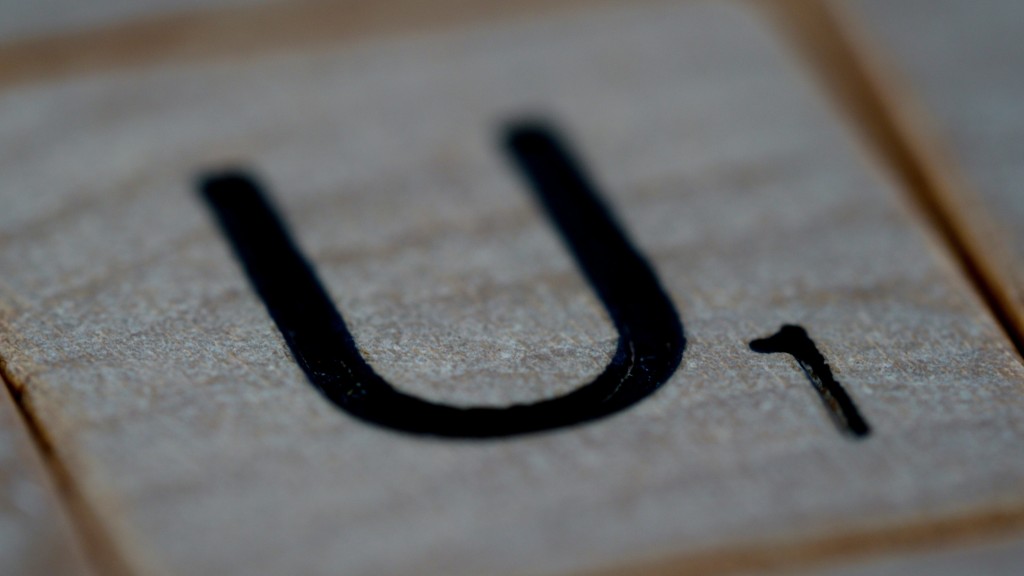
Here is audio for some of the examples in my article on this topic on Medium.
Long-U2 /uw/
- Long-U2 is used after consonants that are made with the front part of the tongue.
- For English, these consonants are: T / D / S / Z / L / R / TH / SH / CH / J.
Some examples are: tube / duty / clue / suit / rule / enthused / June. - Sometimes this vowel sound has other spelling patterns:
>> “EW”, “EU”: dew / chew / blew / flew / deuce / sleuth
>> “OO”: choose / soon / zoom / shoot / loose / mood / cool
Long-U1 /yuw/
- Long-U1 is used for all other contexts. That means after any consonant sound that is NOT made with the front part of the tongue.
- For English, those consonants are: P / B / F / V / M / C (K) / G / H.
Some examples are: pupil / bugle / fuel / music / cube / argue / huge. - In addition, “other contexts” also includes when Long-U is the first letter of a word.
For example: use / union / unit. - Some alternative spellings are:
>> “EW”, “IEW”, “EU”: few / mew / view / feud / eulogy / eucalyptus
NOTE—
Words with “N” are not predictable, so they need to be learned individually. When you see a new word that has “N” before Long-U, just remember to check how to say it.
- Some that always use Long-U1 are: annual / continue / genuine / granule / innuendo / January / manual / manufacture / menu / minuet / monument / venue. These all sound odd if they are pronounced with Long-U2.
- Some examples with Long-U2 are: avenue / manure / nuance / nude / nucleus / numeric / new / news. (Some of these can also be pronounced with Long-U1, but that makes them sound more old-style.)
Try It!
Using the patterns explained above, you now can figure out how the Long-U should be pronounced in these words, even if some of the words are unfamiliar for you. (You can find the answers are at the bottom of this post.)
| astute deputy duplex elude fusion | humic intrude jute mule nebula | ocular sumac urine zucchini |
Exciting news!
There is a supplementary lesson on this topic with more information and practice activities on my Patreon page! You can join my English pronunciation learning community on Patreon! Patreon tiers range from $2 to $100 USD per month and support the creation of a comprehensive English pronunciation learning platform!! Come and learn, get help, and interact — I hope to see you there!
ANSWERS to “Try It!”
| Long-U1 | Long-U2 |
| deputy / fusion humic / mule nebula / ocular / urine | astute / duplex elude / intrude jute / sumac / zucchini |

